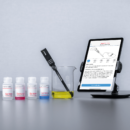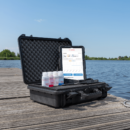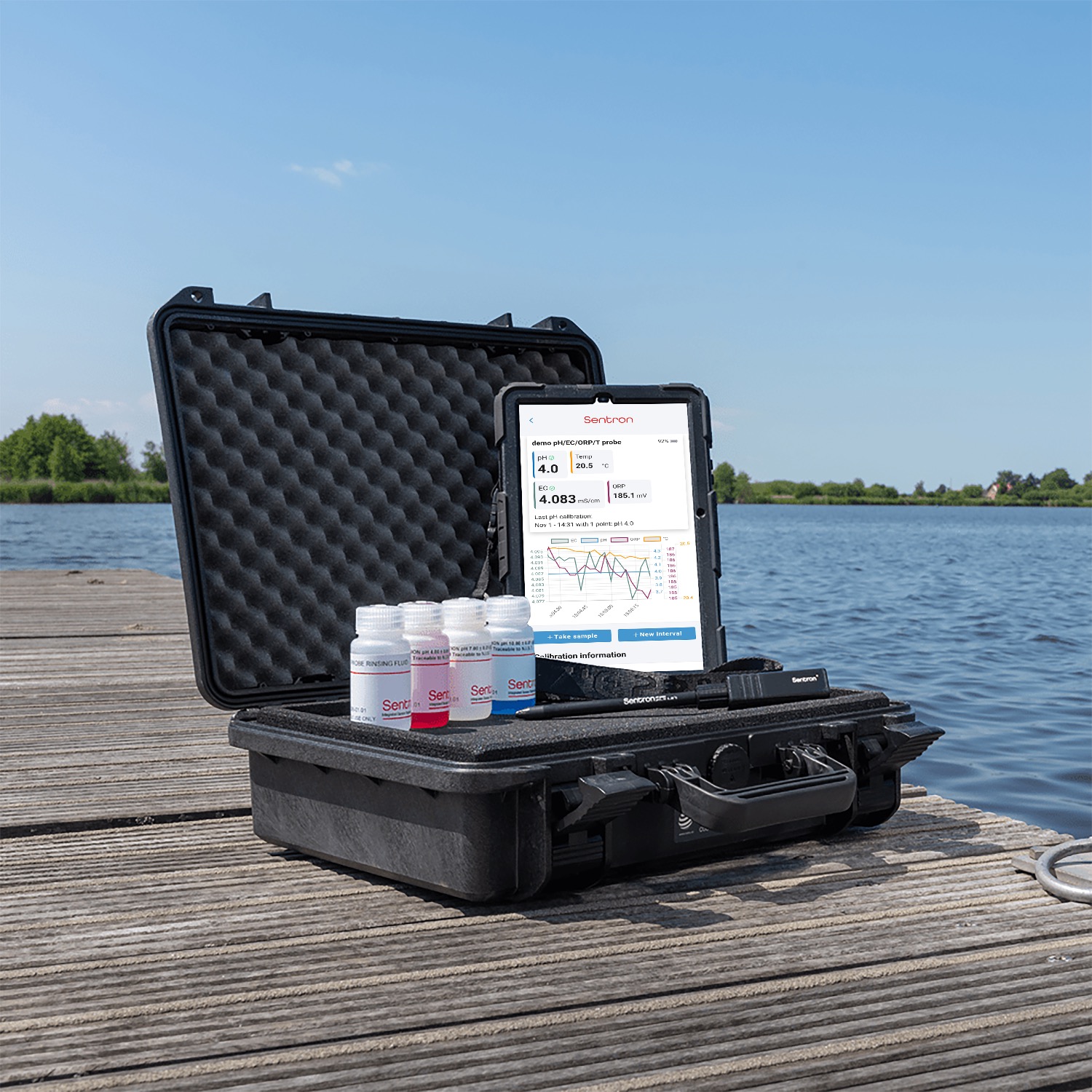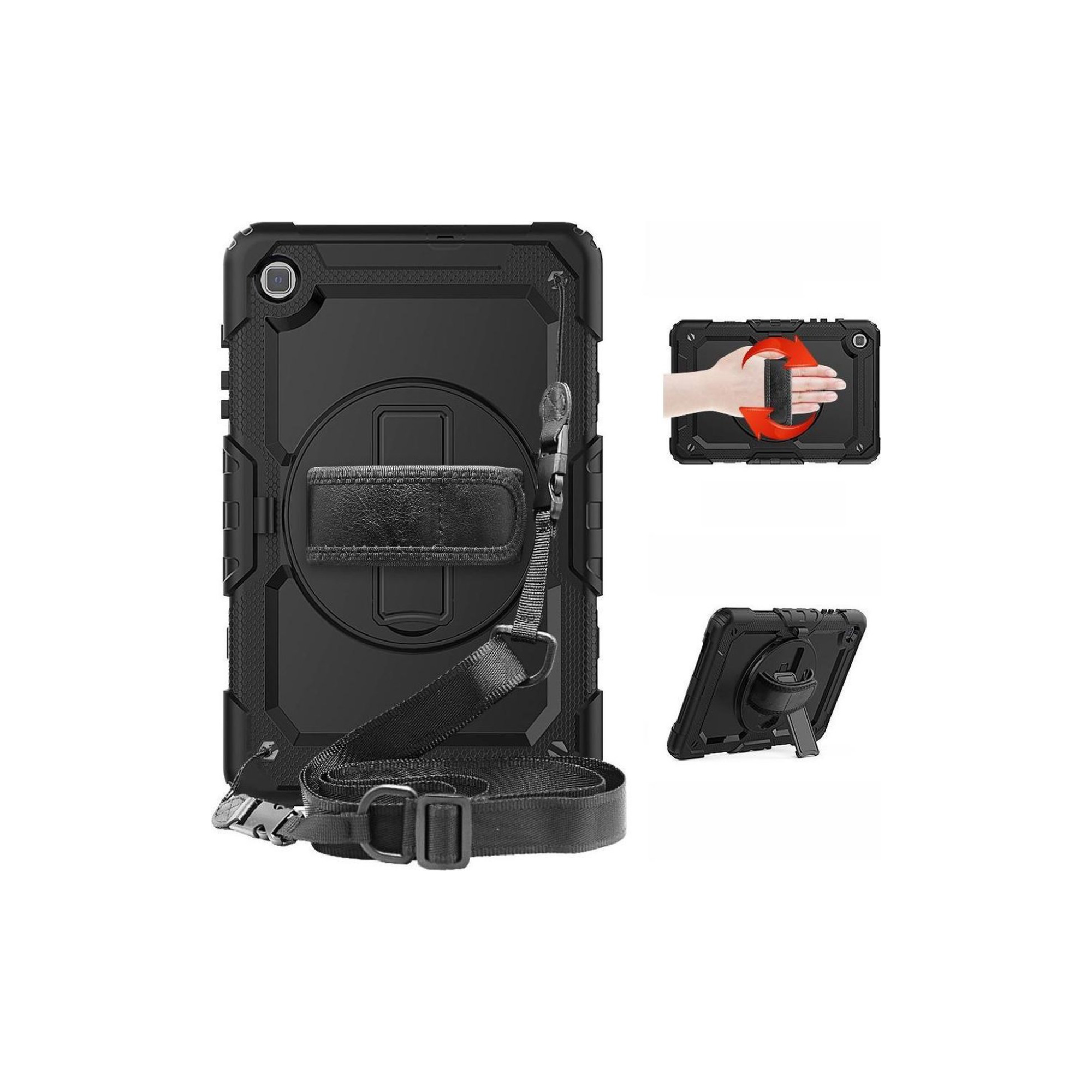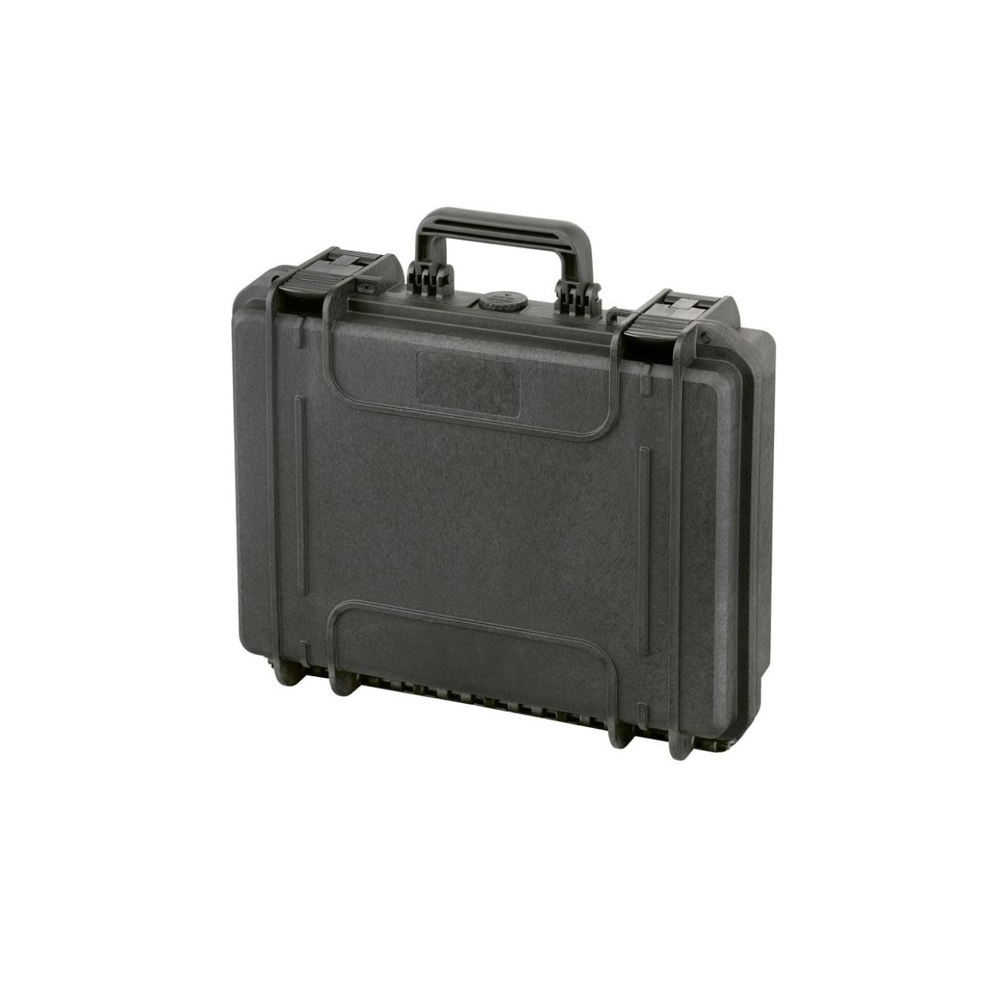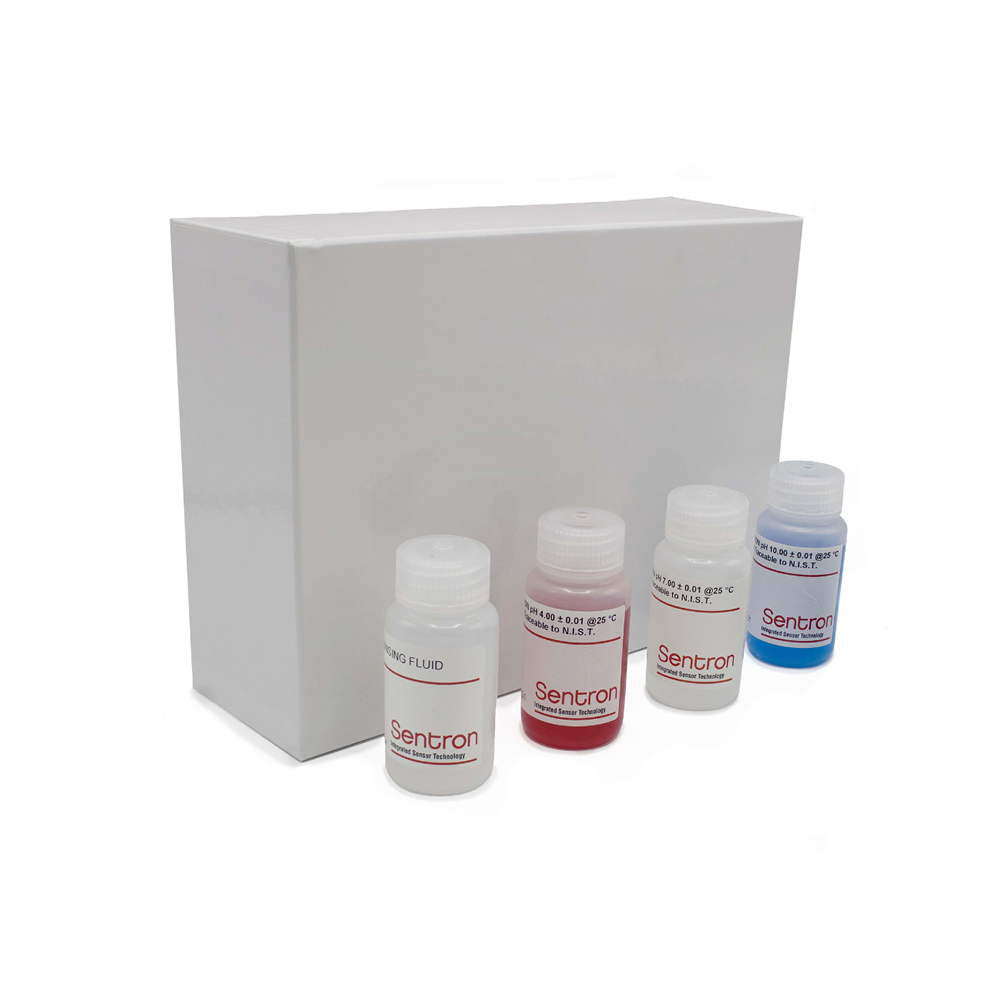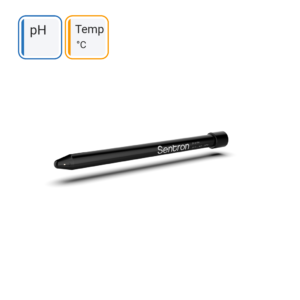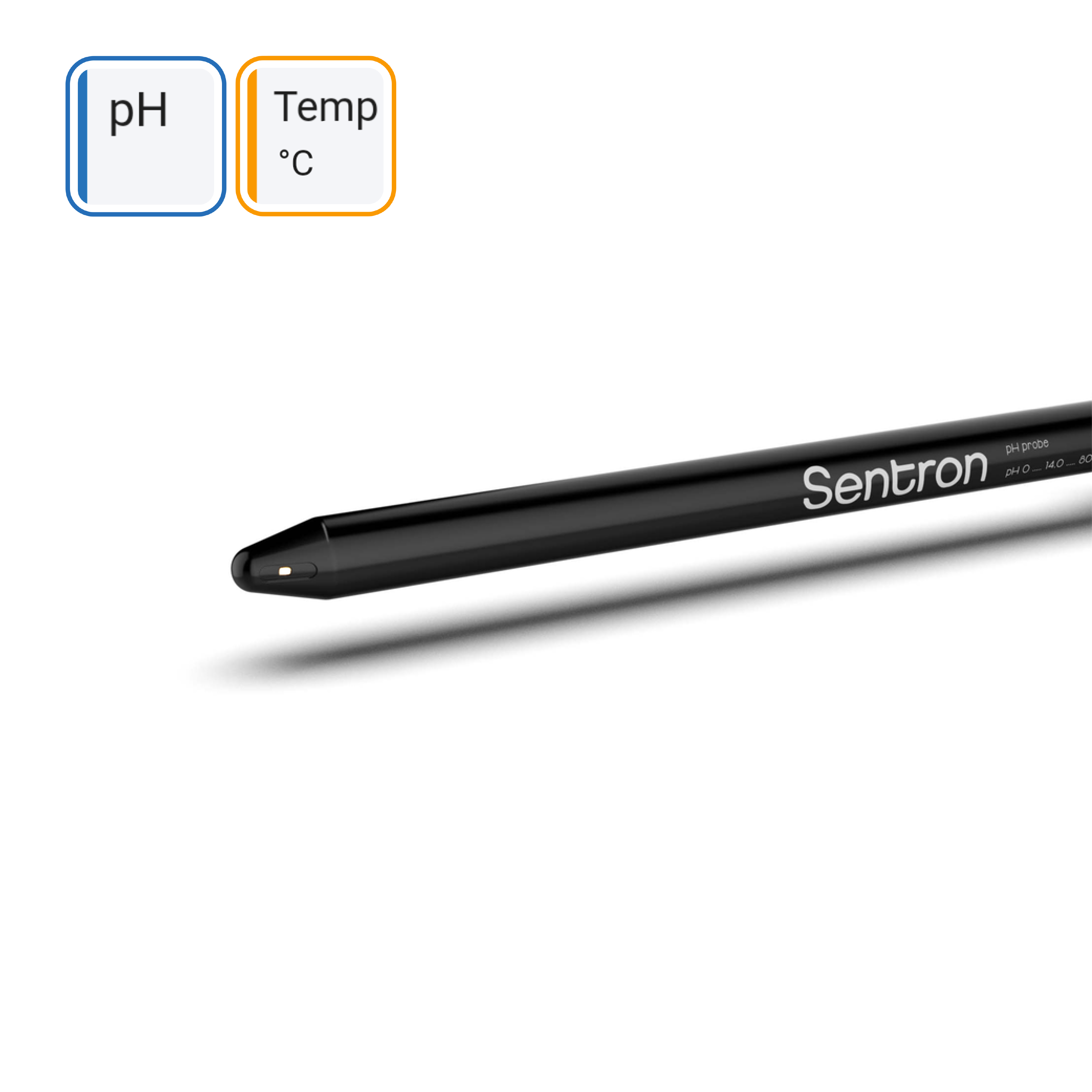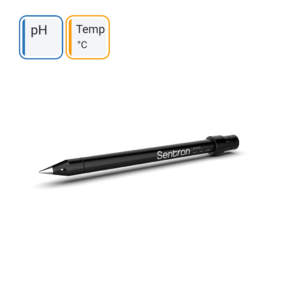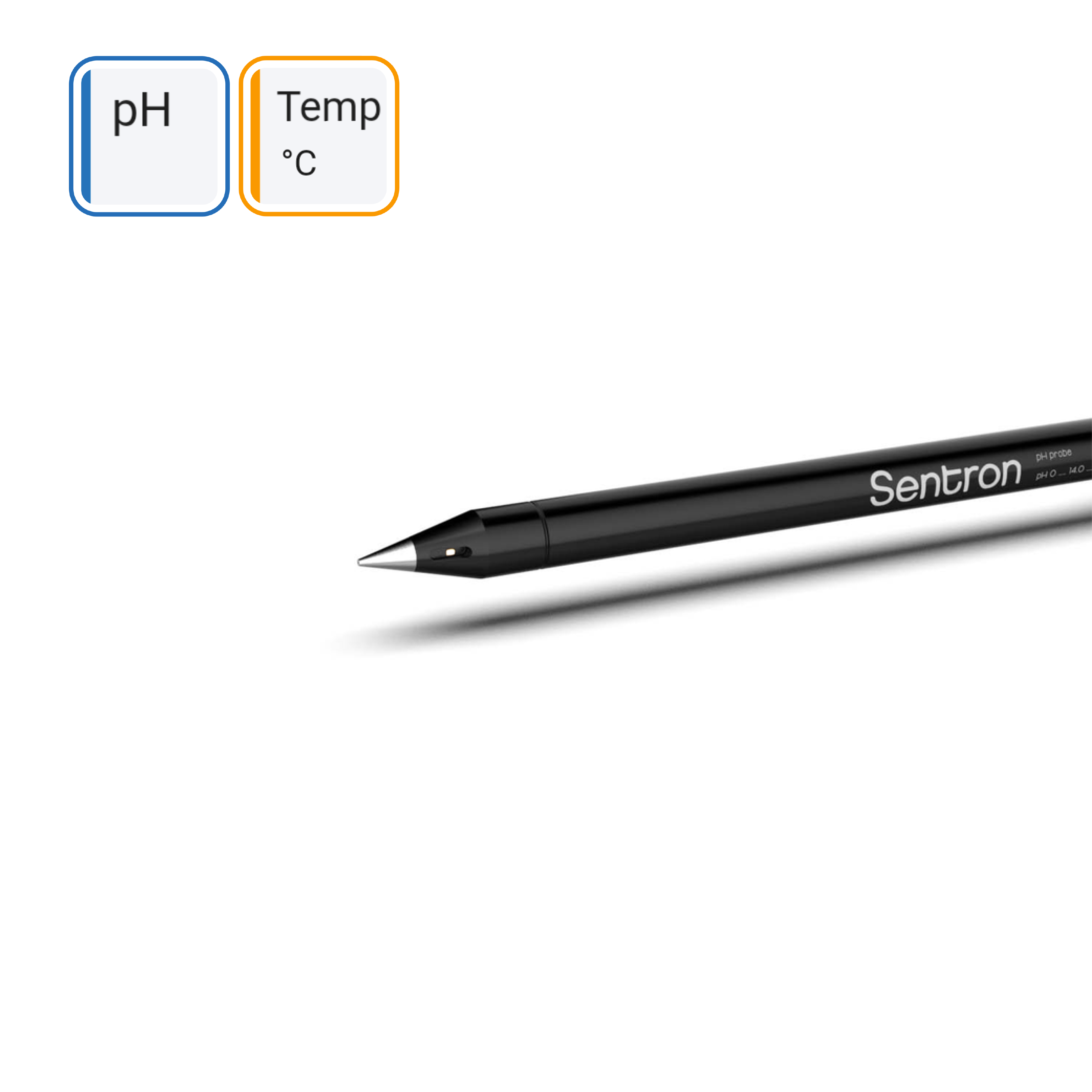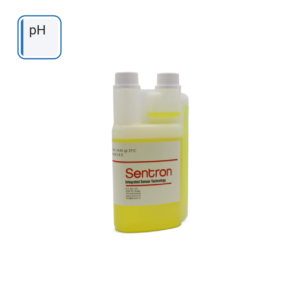Description
Wireless and durably interchangeable
Wireless and durably interchangeable, our premium pH probe enables you monitor this essential parameter in whatever application, whenever you want, wherever you are.
Frequently Asked Questions
What is the benefit of ISFET to glass pH electrodes?
Thanks to the ISFET technology the pH sensors are robust and can be stored dry. This has a great benefit for applications like water quality measurements in stream beds and tidal areas, where the water level changes in time and the probe will occasionally be above the water level.
The glass-free approach makes the pH also available for inline food processes and medical applications like gastro-enterology, for which any glass splinter could be fatal.
What is the added value of the new, wireless, product line compared to the previous, wired, SI series product line?
The new product line is a wireless product line. No cable and thus more flexibility. No limitation of 1 probe per meter at a maximum 1,5 meter distance anymore! The Bluetooth connection enables you to have several meters within the mobile and the probe. Unlimited numbers of probes can be connected and read out simultaneously. Additionally the features of your phone can be used: GPS, social media, cloud service, etc.
Additionally we’ll release a multisensor on the market in the near future. This probe for pH, EC and ORP can be added up to the number of probes connected to your mobile device.
What is the maximum distance between the mobile phone and the probe?
The connection between the probe (/transmitter) and the mobile phone is dependent on the Bluetooth signal. We have used a powerful approach for this, enabling a distance of maximum XX meter through the air.
I am interested to become your distributor. How do I get connected?
Let’s get connected and see whether we have a match. Please refer to sensorsolutions@wellinq.com / info@sentron.nl and we’ll contact you as soon as possible.

